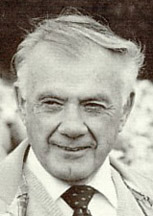PRESS RELEASE: March 2, 2012
Winter Dairy Management Calf Conferences in NNY March 21 and 22
How does a dairy calf’s pre-weaning daily rate of weight gain impact her milking performance as an adult? How can you improve your barn’s ventilation to protect calves’ lungs? How has raising their calves in groups and free-access milk-feeding systems benefitted Northern New York dairy farmers?
“If you feed calves right early, you can add 1,700 lbs of milk in their first lactation,” says Cornell University Dairy Nutrition Extension Professor Dr. Larry Chase.
